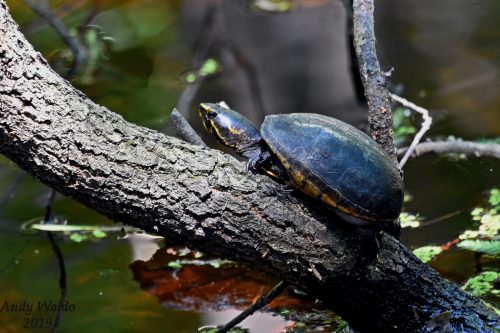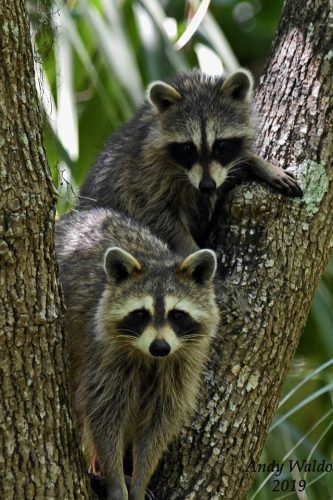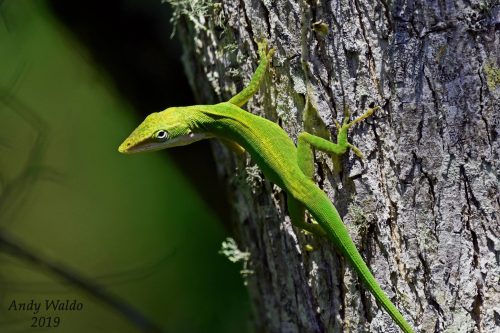Sit for a spell on the bench and watch the water at Boonie Falls cascade over cypress knees. The natural falls are small at only 2-3 feet high but they sure are beautiful.
For a map and trailhead of the Florida Trail – Lockwood to Barr click
Sit for a spell on the bench and watch the water at Boonie Falls cascade over cypress knees. The natural falls are small at only 2-3 feet high but they sure are beautiful.
For a map and trailhead of the Florida Trail – Lockwood to Barr click
– Mullet Lake Park-
Located in Geneva in Seminole County, Mullet Lake Park is best known for its 8 primitive camping sites, its group camping site, and boat launches. The 55-acre park borders Lake Mullet and the St Johns River. This quaint park offers the opportunity to sit and relax under ancient oak trees as you take in the sights and sounds at this remote location.
Listen for the sounds of birds, fish jumping, and frogs croaking. Look for birds of prey, shorebirds, and a variety of blooming wildflowers waiting to be admired.
For more information click here: https://www.seminolecountyfl.gov/…/301554-Mullet-Lake-Park.…
Photo credit: Dan Kon
Little Big Econ State Forest
Whether for a day or a week, there is plenty to explore and discover at the Little Big Econ State Forest.
For trail maps and more information:
https://www.fdacs.gov/…/State-…/Little-Big-Econ-State-Forest
Photo credit: Christian Kon
Big Tree Park is a part of the Spring Hammock Preserve and is located in Longwood. It is best known for “The Senator,” a 3500-year-old Bald Cypress tree that was named for Senator Moses O. Overstreet who donated the land. Unfortunately, “The Senator,” which stood 118 feet tall, burned down in 2012. It was the largest Bald Cypress Tree in the United States.
Pass under the big trees as you saunter along the boardwalk over the hydric hammock swamp. The boardwalk is less than 1/2 mile long out and back. Interpretive signs will awe you with information about “The Senator”. Learn about “The Phoenix,” a clone of “The Senator.” Admire the grandeur of “Lady Liberty,” a 2000-year-old Bald Cypress that stands 89 feet tall. Look for alligators, Florida box turtles, five-lined skinks, raccoons, squirrels, and bobcats. Listen for frogs, woodpeckers, and songbirds.
As a trailhead, Big Tree Park offers the opportunity for a longer stroll or bike ride on the Cross Seminole Trail through the forested wetlands of Spring Hammock Preserve. The Cross Seminole Trail is a part of the Florida National Scenic Trail.
Big Tree Park is open from 8 am until dusk. Spend some time at the playground with your kids. Restrooms are nearby. Bring your lunch or a snack to enjoy at one of the picnic tables.
Photo Credit: Dan Kon
Econ River Wilderness Area
Purchased by Seminole County in 1994, the 240-acre Econ River Wilderness Area is located south of Oviedo on the west side of the Econlockhatchee River.
Explore 3 miles of trails including the 2.2-mile Main Loop Trail and the 1/2-mile Flatwoods Loop Trail. Saunter through pine flatwoods, sandhill, oak hammocks, and river swamp habitats. Rest on one of the benches at the river.
Discover gopher tortoises, great horned owls, northern bobwhites, golden mice,
raccoons, fox squirrels, white-tailed deer, bobcats, river otters, and more who make their homes in the wilderness area.
Put on your hiking shoes, bring your horse or bike, your dog on a leash, and enjoy your day in the wilderness from sunrise to sunset. Join the nearly 40,000 people who visit the Econ River Wilderness Area each year. Don’t forget your camera.
For more information: http://www.seminolecountyfl.gov/…/Econ-River-Wilderness-Are…
Photo Credit – David Gale
Hiking the 7.1-mile loop trail along the St. John’s River in Seminole County’s Black Bear Wilderness Area will provide a great opportunity to view many of Florida’s native species. The trail system in this 1600 acre Wilderness Area winds through a Hydric Hammock, Wet Prairie, and Cypress Swamps. Because it is established on levees, it stays dry most of the year. However, it can experience flooding during the wet season since it is located within the St. Johns River’s floodplain. Blue Blazes will show you the way along this remote trail and boardwalks provide a dry passage over wet areas.
The Black Bear Wilderness Trail plays an important role in connecting the Ocala National Forest with the Wekiva / St. John’s basins. Look for River Otters, American Alligators, White-tailed deer, and Swallow-tailed Kites. We hope you are the lucky ones who get to see a Florida Black Bear in the wild.




Once known as Devil’s bend, Spring Hammock Preserve is made up of several ecosystems including a hydric hammock, cypress dome, floodplain forest, mesic flatwoods, and scrubby flatwoods. It is a wetland and watershed area that acts as a natural filtering system for Soldier’s Creek Drainage Basin which eventually drains into Lake Jesup.
Located in Seminole County, Old Bear Trail which is now known as County Road (CR) 427, runs through Spring Hammock Preserve. The preserve is accessible from County Road 419. The Senator, the world’s largest living cypress tree made its home here for over 3,500 years before being burnt down by a human.
On the hiking trails, you may encounter wildlife such as gopher tortoises and alligators. If you are lucky, you may even see an indigo snake who makes his home here. Bird viewing opportunities include migrating birds as well as wood storks, limpkins, snowy egrets, and bald eagles who share space at the preserve. Trees in the preserve include longleaf pine, loblolly pine, slash pine, scrub oak, sweetgum, and bald cypress. Be on the lookout for native plants such as the Florida willow, Okeechobee gourd, and cuplet fern.
Make a plan to get outside and explore natural Florida.
You will be surprised at what you will discover.
Photo credit: Andy Waldo
Recent Comments